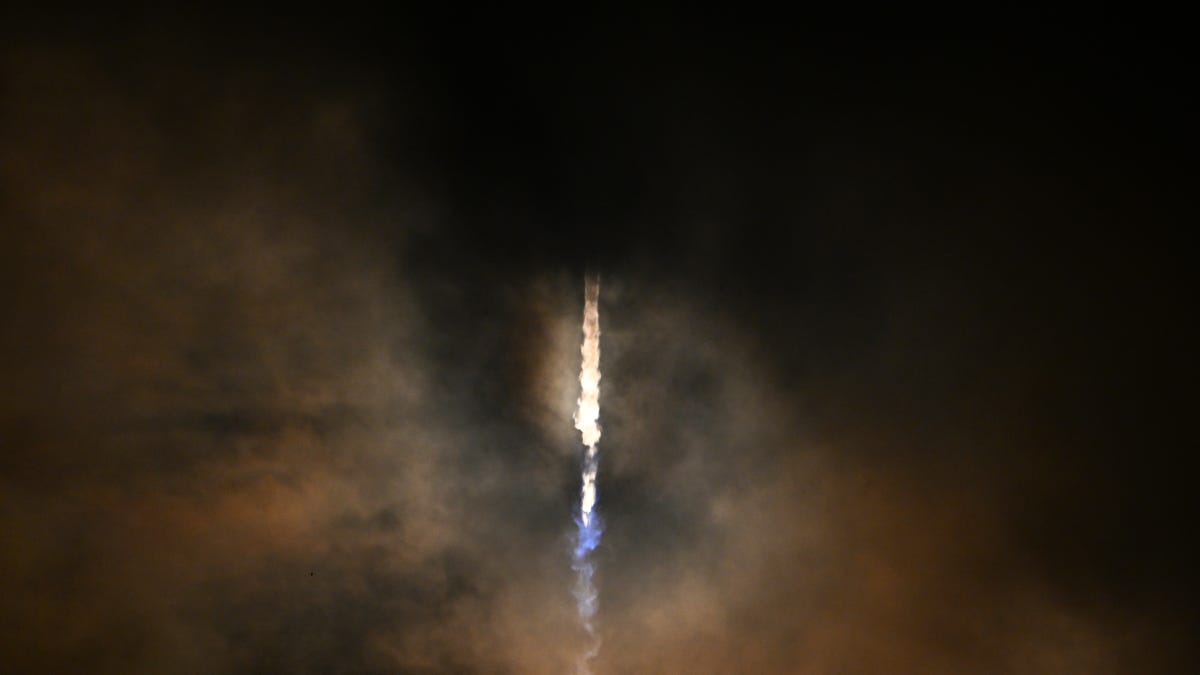SpaceX Mission: Polaris Dawn Crew Aims for Historic Civilian Spacewalk
The crew is looking to initiate the first spacewalk by non-government astronauts while experimenting with SpaceX technology that may pave the way for future deep space missions.
A SpaceX Dragon spacecraft transporting the Polaris Dawn crew is climbing into the upper reaches of Earth’s orbit, targeting altitudes not achieved by humans in many years.
Launched early Tuesday on a Falcon 9 rocket, the vehicle is set to soar to 870 miles above the Earth before settling into a cruising orbit at around 435 miles high. The mission includes an all-civilian crew led by billionaire entrepreneur Jared Isaacman.
Isaacman, who previously orchestrated Inspiration4 – another groundbreaking civilian mission in 2021 that marked the first all-civilian trip to space – contributed funding for this mission alongside SpaceX. The company has also crafted custom spacesuits specifically for the Polaris Dawn team.
The much-anticipated launch faced about two weeks of postponements as SpaceX sought the perfect window for liftoff. During this ambitious venture, Isaacman and his team aim to perform the first spacewalk by non-government astronauts while testing SpaceX innovations that could facilitate future deep space travel.
Polaris Dawn Launches on SpaceX Dragon After Three Delays
Having arrived three weeks prior at NASA’s Kennedy Space Center in Florida, the Polaris Dawn crew boarded a SpaceX Dragon capsule for their liftoff at 5:23 a.m. EDT Tuesday atop the Falcon 9.
This long-anticipated launch faced three previous delays – most recently due to predicted unfavorable weather during the crew’s expected return to Earth. SpaceX had been monitoring weather conditions off the Florida coast, where the crew is slated to splash down on the mission’s sixth day.
The launch was also postponed earlier for preflight checks and once more due to a helium leak found in equipment meant to detach from the rocket during launch.
Following an uncrewed landing mishap, the Federal Aviation Administration temporarily halted the Falcon 9’s launches. Luckily for SpaceX, federal regulators authorized the rocket to resume its schedule shortly after.
Polaris Dawn Crew Will Navigate Van Allen Radiation Belts
After launching at a northeast angle, the rocket’s first-stage booster successfully detached from the spacecraft approximately ten minutes after takeoff, returning to Earth as planned and landing aboard a drone ship in the Atlantic Ocean. By 5:40 a.m., the Dragon spacecraft detached from the Falcon 9’s upper stage and activated its thrusters, as reported by SpaceX on social media platform X.
On their inaugural day in orbit, the crew will attain altitudes higher than any humans have reached since NASA’s Apollo mission era in the 1970s. The ascent to 870 miles above Earth – more than three times the altitude of the International Space Station – takes them through the challenging inner sections of the Van Allen radiation belts.
The Van Allen belts represent a significant hazard for future astronauts exploring deeper into space. Nonetheless, for missions to the moon and Mars to succeed, astronauts must learn to navigate these zones safely.
As the Polaris Dawn crew traverses through the radiation belts, the SpaceX vehicle will be oriented to reduce the astronauts’ exposure to harmful radiation.
The crew will spend a total of five days in orbit, testing various spacecraft systems and technologies.

